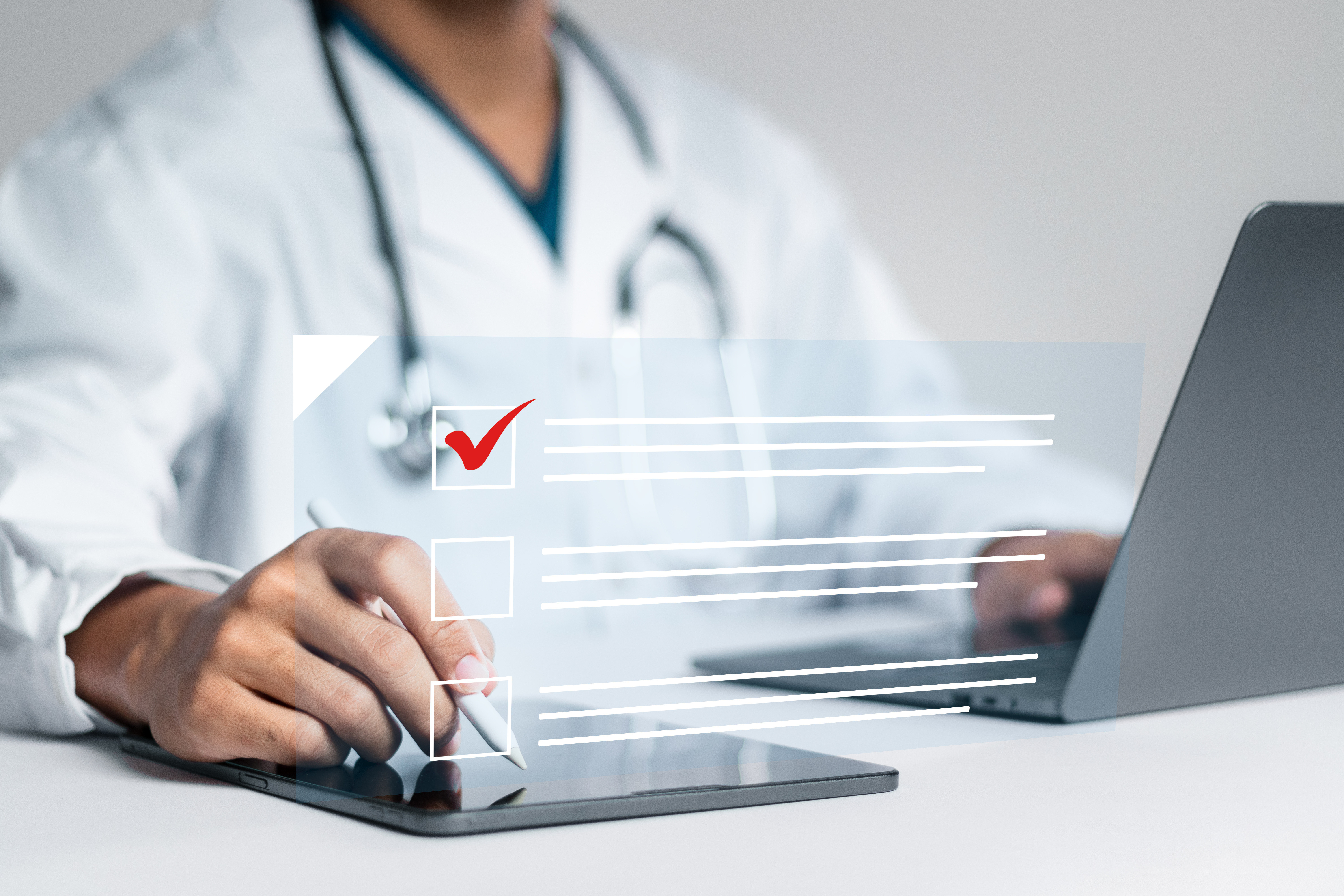Starting January 1, 2025, Federally Qualified Health Centers (FQHCs) and Rural Health Clinics...

10 Key Insights for Developing an FQHC or RHC Remote Patient Monitoring Program in 2025
The last few years have brought significant advancements in remote patient monitoring (RPM) and remote care management for federally qualified health centers (FQHCs) and rural health clinics (RHCs). The Centers for Medicare & Medicaid Services (CMS) finalized changes in the 2024 and 2025 Medicare Physician Fee Schedule (PFS) rules, making it even more advantageous for FQHCs and RHCs to implement RPM and remote care management programs. These programs allow organizations to enhance patient care while generating sustainable, scalable revenue.
10 Things for FQHCs and RHCs to Know About RPM and Remote Care Management
-
CMS Expands Coverage for Remote Patient Monitoring
Historically, RPM codes were not separately billable by FQHCs and RHCs, as CMS considered them part of an all-inclusive rate. However, CMS changed this in the 2024 PFS final rule by including RPM and remote therapeutic monitoring (RTM) in HCPCS G0511. This long-awaited change made it possible for these organizations to receive reimbursement for RPM services.
-
CMS Decommissions G0511 for RPM and Other Care Management Services
In the 2025 PFS final rule, CMS announced it would phase out G0511 for care coordination services in FQHCs and RHCs. Starting in 2025, these organizations must bill RPM and other care management services using existing care management CPT codes. CMS has granted a transition period through mid-2025 to allow organizations time to adapt.
-
Expanded List of Billable Care Management Services
FQHCs and RHCs can now bill for a wider range of remote care services, including:
- Principal Care Management (PCM)
- Behavioral Health Integration (BHI)
- Chronic Pain Management (CPM)
- Community Health Integration (CHI)
- Principal Illness Navigation (PIN)
- Advanced Primary Care Management (APCM)
These expansions create new opportunities for providing enhanced care to underserved populations.
-
Increased Billing Opportunities for RPM
The 2025 coding updates create greater opportunities for RPM billing. By transitioning to CPT codes, FQHCs and RHCs can now bill for the full extent of RPM services without time limitations imposed by G0511. This change not only increases revenue potential but also encourages comprehensive patient care.
-
RPM Provides Significant Value to FQHC and RHC Patients
RPM is especially beneficial for FQHC and RHC patients, who often have chronic conditions and face barriers to care, such as transportation challenges and financial constraints. By incorporating RPM into their care models, these organizations can improve patient outcomes and reduce hospitalizations.
-
Implementing RPM is Straightforward
Medicare offers flexibility in RPM program design, allowing FQHCs and RHCs to determine which conditions to monitor. Once a patient is enrolled, they receive an electronic device that transmits health data back to the provider, who then offers guidance based on real-time insights.
-
Common Uses for RPM in FQHCs and RHCs
RPM can support patients managing a variety of conditions, including:
- Hypertension
- Congestive heart failure
- Obesity
- Chronic obstructive pulmonary disease (COPD)
- Asthma
- Diabetes (via continuous glucose monitoring)
-
Choosing the Right RPM Devices
FQHCs and RHCs need RPM devices that are easy to use and seamlessly integrate into patient routines. Plug-and-play solutions simplify setup and reduce barriers to engagement, ensuring patients can consistently track their health without technical challenges. Choosing user-friendly technology is essential for driving patient compliance and program success.
-
Patient Education is Key to RPM Success
To maximize patient engagement and program retention, FQHCs and RHCs should:
- Clearly define RPM services and their benefits
- Provide step-by-step guidance on device usage
- Use patient-preferred communication methods (e.g., text, phone, in-person)
- Continuously support and re-engage patients to ensure long-term participation
-
Patient Education is Key to RPM Success
Successful RPM programs require precise billing and coding to maximize reimbursement. Telecare USA specializes in navigating CMS regulations and ensuring accurate, timely billing for RPM services. Our expertise helps FQHCs and RHCs streamline their billing processes, optimize revenue, and remain compliant with the latest Medicare changes.
The Future of RPM in FQHC's and RHC's
The CMS changes in 2024 and 2025 present a significant opportunity for FQHCs and RHCs to expand their RPM programs, improve patient care, and enhance financial sustainability. With the right technology, patient engagement strategies, and expert billing support, these organizations can create lasting healthcare improvements while securing valuable reimbursement streams.
If your FQHC or RHC is looking to implement or expand an RPM program, Telecare USA is here to help. Contact us today to learn how our billing expertise and RPM solutions can support your organization’s success.
Ready to get started? Click here to learn more and meet with our experts!
Ready to Setup Your Clinic?
Just click the link below to talk to a member of our sales team or to learn more about our Remote Patient Monitoring solution and get your clinic started in no time.
-1.png?width=350&height=164&name=Untitled%20design%20(1)-1.png)

.jpeg?height=200&name=AdobeStock_228931381%20(2).jpeg)

